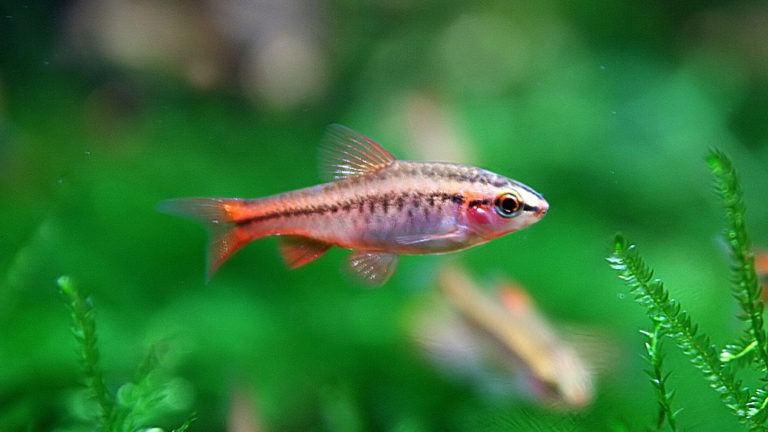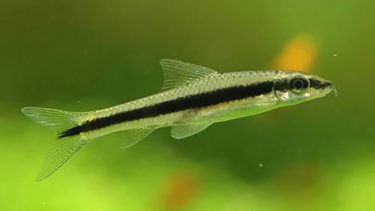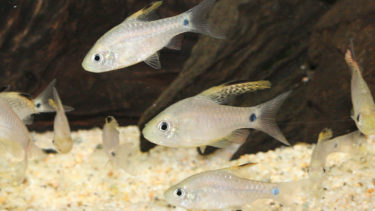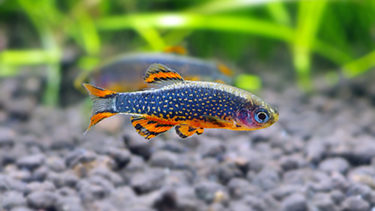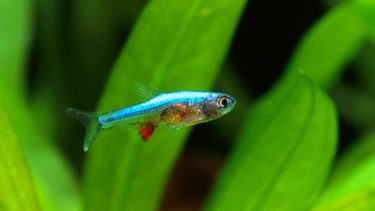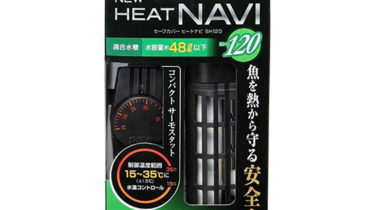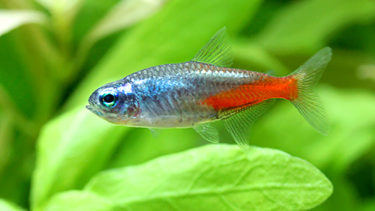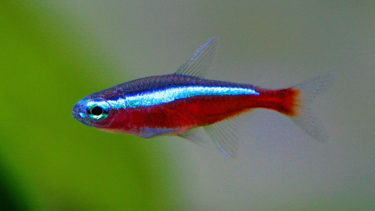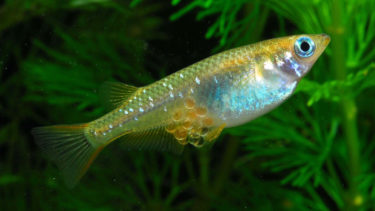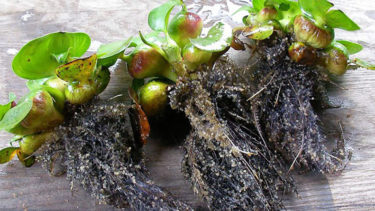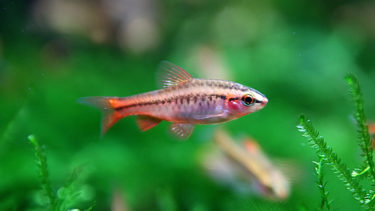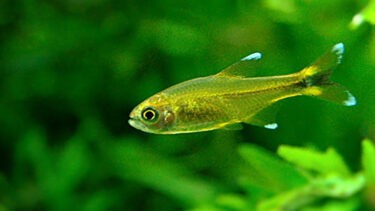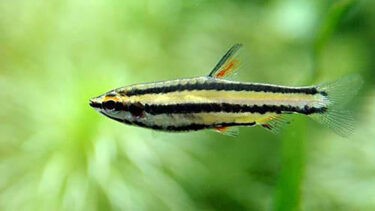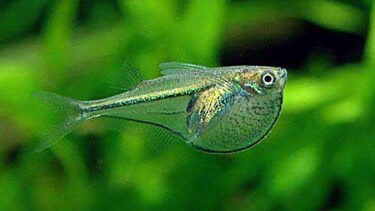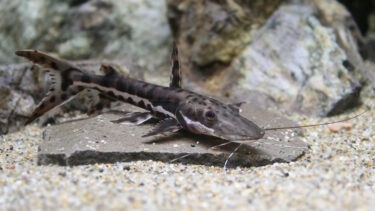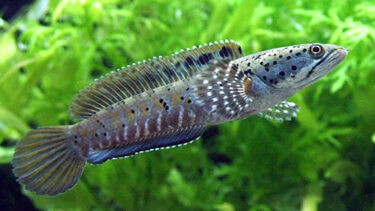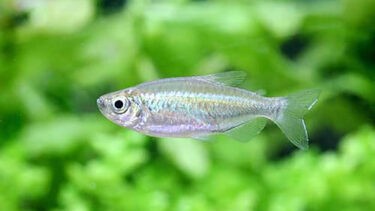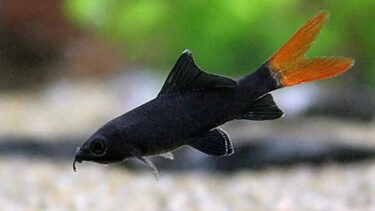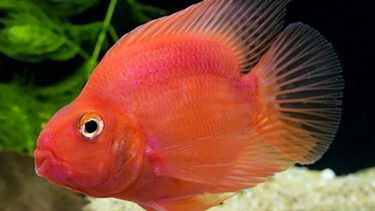Cherry valves are tropical fish of the Puntius genus of the carp family, Carpidae, native to Sri Lanka in Southeast Asia. They come in two colors, dark red or yellow, and are useful when dealing with shellfish pests, as shellfish are their favorite food. In this article, I would like to explain in detail the characteristics of the Cherry Bulb and how to keep it.
What is a cherry valve?
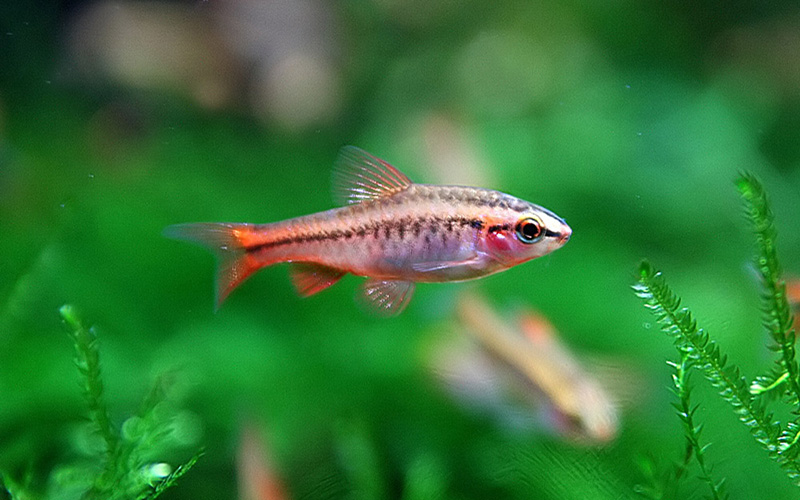
The Cherry Bulb is a tropical fish in the family Carpidae, genus Puntius. The origin of the Cherry Bulb is the Kelani and Nilwara Rivers in Sri Lanka, Southeast Asia.Cherry valves come in two body colors: dark red or yellow. This difference in coloration depends on whether it is a male or a female. The name "cherry" is derived from their dark red body color. Cherry valves are useful when dealing with shellfish pests such as "snails," "tanners," "rams horns," and "planaria," as shellfish are their favorite food.
The Siamese Flying Fox is a tropical fish of the Carp family, the loach family, native to Southeast Asia, including Thailand and Malaysia. Its body color is brown or other colors with a straight black line from the mouth to the tip of the tail fin, and it prefers to eat moss, algae, and other plant matter. In this issue, we will discuss the coleopteran [...].
The Draped Finvalve is a tropical fish of the Carp family that originates from the Jolai River in India, South Asia. This time, we will be looking at the draped fin bulb [...].
The Microlasbora hanabi is a very beautiful tropical fish that is native to the Salween River in Myanmar, Southeast Asia, and belongs to the Celestictis genus of the carp family, Carpidae, with a dark blue base color and bright yellow speckled pattern. In this article, we will introduce you to the Microlas [...].
The Rasbora acerodyi Blue is a tropical fish of the carp family Sunda Danio of the order Carpidae, native to Sumatra and Borneo islands in Indonesia, Southeast Asia, and has a beautiful neon blue body color on its back part. In this article, we will discuss the characteristics of the Microrasbora hanabi [...].
How to keep cherry valves
Cherry valves can be an easy variety to keep. The lifespan of the Cherry Bulb is approximately 3-5 years. Their body size is approximately 4 to 5 cm. However, both lifespan and body size vary depending on the environment in which they are kept and the food they are fed. They prefer slightly acidic to neutral water (especially weakly acidic water), with a pH range of 5.5 to 7.0. Cherry valves are classified as a tropical fish, so if you keep them in Japan, they will need a heater in the winter.
A heater is a device that maintains a constant water temperature. If you go to a specialty store that carries heaters, you will find a wide variety of types. Some people may be at a loss as to which one to choose. In this article, we would like to explain about such heaters [...]
Points to keep in mind when mixing swimmers
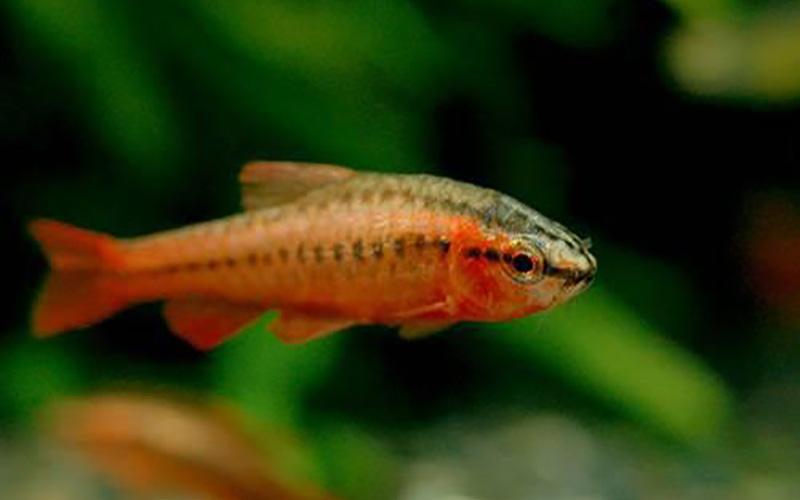
First of all, the Cherry Bulb has a docile personality. Therefore, if the breed with which they are mixed is territorial or aggressive, the Cherry Bulb may be beaten up, resulting in injury or even illness due to stress.Therefore, the recommended species to mix with Cherry Bulb are smaller fish such as neon tetras and other colorasins and red fins.
The neon tetra is a tropical fish in the family Carassinae, and is a beautiful fish with a blue glow from its head to its tail fin. In this article, I would like to explain in detail the characteristics of the Neon Tetra and how to keep it. What is a Neon Tetra?
The cardinal tetra is a tropical fish of the family Carassinae of the order Carassinae that lives in the Negro and Amazon rivers in South America. It is a beautiful fish with a blue glow from its head to its tail fin. In this article, I would like to explain in detail the characteristics of the Cardinal Tetra and how to keep it. [...].
Points about spawning
Many people who keep cherry valves want to breed them. Cherry valves are easy to keep, but breeding them is a little more difficult. However, if you know the procedure well, you will be able to increase the number of cherry valves in a stable manner.
The first is to keep individuals that are suitable for breeding.Cherry valves have a lifespan of about three years, so the time until they are ready to breed is short, roughly four to six months after birth. If you want to breed them, it is important to choose relatively young specimens when purchasing them at specialty stores. It is also necessary to distinguish between male and female cherry valves. Here, it is important to distinguish between males and females. It is very easy to distinguish between male and female Cherry Valves by their body color. A dark red body color is male and a yellow body color is female. Also, during the breeding season, males are sometimes darker red than normal. If you want to be sure you are getting the right male or female, we recommend that you ask the staff at a specialty store.
The second thing to do is to prepare a breeding tank.As is common for those who have bred killifish, if the parents (adults) and fry (young) are kept in the same tank after successful spawning and hatching, they may compete for food and the adults may eat the fry, resulting in a decrease in the number of fry. Cherry bulbs may also eat the eggs themselves, so care must be taken. To prevent this from happening, it is recommended to keep the parents and fry in separate tanks for easier management. However, unlike killifish, Cherry Bulb is a tropical fish, so a heater is recommended during non-summer months. This is also true for fry, so if you are not sure whether or not to purchase a heater for the aquarium in which you will keep the fry, you may be able to find equipment at specialty stores that will allow you to borrow part of the aquarium in which you are keeping the parents to make space for the fry.
Many people who keep killifish want them to spawn. However, not many people know about spawning and what they need to do to prepare for it. This time, we would like to explain the method of spawning and the points to be noted [...].
If you have kept goldfish for a long time, you may want to try to breed them. However, if goldfish spawning is not done with care, there is a high possibility that the goldfish will weaken. In this article, I would like to explain in detail the method and precautions for spawning. The time of spawningThe time of spawning of goldfish is [...]
What to keep in mind when keeping cherry valves

The Cherry Bulb is recommended for its ease of keeping and for its ability to mix with other species. Cherry bulbs are recommended as a coloring in the aquarium because of their dark red coloration. They are also very reliable when removing shellfish. However, please note that shellfish such as "snails" and "tanishis" are very fertile, so it may not be possible to process them quickly enough with only one Cherry Bulb, so if you keep a small number of Cherry Bulbs and have them remove shellfish, it is important to have a medium- to long-term perspective If you are going to keep a small number of cherry valves and have them remove shellfish, it is important to have a medium to long-term perspective.Also, please note that the maximum size of a cherry valve is only about 5 cm, so some shellfish are larger than others, which are difficult to handle with cherry valves and require human hands. However, the frequency of shellfish outbreaks differs greatly between keeping cherry bulbs and not keeping cherry bulbs, so we recommend keeping cherry bulbs if you are having problems with shellfish. Cherry valves have features not found in other varieties, such as their body color and the fact that they eat shellfish. If you have a chance to see them at a specialty store, I recommend that you take a look at them.
The clown loach is a tropical fish of the Carp family, Loachidae, native to the islands of Sumatra and Borneo in Southeast Asia. Its body color is mainly yellow with a black banded stripe pattern. In this article, I would like to explain in detail the characteristics of the clown loach and how to keep it [...].

